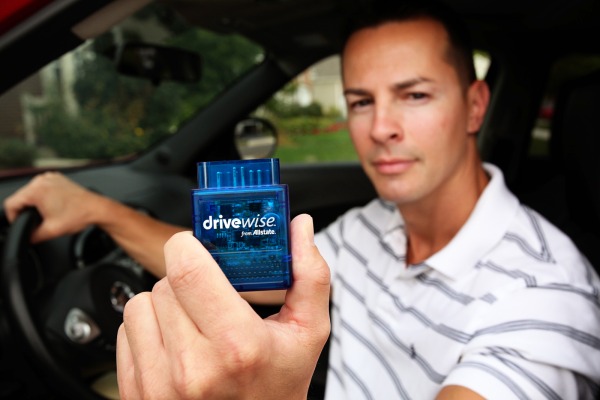
In recent years, nine of 10 top U.S. auto insurance companies have started selling policies based on how motorists drive. At least a handful of pay-as-you-drive policies are offered in every state, covering as many as 3 million U.S. vehicles, according to industry estimates. Switching to use-based insurance (UBI) could help you save a little or a lot over what car owners spend on premiums associated with a more traditional policy.
If you're considering changing to a UBI plan, it pays to understand what you're getting.
Carriers set UBI rates by collecting mileage or other information directly from your car, but similarities among policies end there. Some insurers use a small, meterlike electronic device that plugs into a car's onboard diagnostics port to store or transmit information. Newer versions gather driving data through an app and a smartphone connected to a car's infotainment or telematics system.
Drivers may happily trade access to their driving habits for lower insurance rates. But privacy advocates worry that insurance companies aren't always 100 percent transparent about what data they collect, what they do with it and with whom they share it.
"Privacy is a real question," says J. Robert Hunter, insurance director for the Consumer Federation of America. "What do insurance companies do with that information? If I park at the corner of Main and 14th and on one corner is a bar and another is a gym, will you raise or lower my rate?"
Here are steps to take if you're shopping for car insurance and considering a use-based policy:
Find out what's available: Look on the Web site of your state insurance commission or consumer advocacy agency to see which insurance carriers are licensed to operate in your area. Here's a list of all 50 state insurance departments. Alternatively, visit auto insurers' Web sites and type in your ZIP code to see if they sell UBI plans where you live.
Understand what types of data insurers collect: Some states restrict the information insurers can collect, which limits the types of UBI policies they offer. In California, for example, insurance companies can track mileage but are barred from monitoring where or when you drive. They also can't track such behaviors as how fast you drive or how often you slam on the brakes, the activity known in insurance lingo as "hard-braking events." Visit state insurance regulators' Web sites for their explanations of the UBI plans they authorize, such as this pay-as-you-go auto insurance pamphlet from the Oregon Department of Consumer and Business Services. You can also read the fine print on UBI policies on insurers' Web sites to determine what driving data an insurer collects, and how it is gathered.
Try before you buy: Certain insurers give potential customers a chance to take a UBI policy for a test-drive before committing to a policy. In such cases, you may be asked to plug an electronic monitor into your car's diagnostics port for a month or so, which allows the insurer to collect enough data to set a rate. Other insurers offer UBI policies only to existing customers.
Understand how insurers determine discounts: Insurers may offer an introductory discount of 5 or 10 percent during a try-out period, and adjust the rate as needed after monitoring mileage or driving behaviors for a set time period. Progressive Insurance bases rates for its Snapshot policy on six months of driving data. State Farm customers with Drive Safe & Save policies keep electronic monitors plugged into their cars all the time, so, theoretically, their rates could change at renewal time, if they've driven substantially more or less than in the previous period.
Consider a UBI bundle: Some insurers offer UBI as part of a bundle of services tied to a car's built-in entertainment, safety or maintenance systems. State Farm's Drive Safe & Save with In-Drive Connect policy, a joint venture with Verizon Wireless, offers mileage-based insurance along with stolen vehicle assistance and hands-free mobile phone service. After a one-year free trial, charges for In-Drive Connect jump to $6.99 a month or more based on what other features a customer chooses.
See how you're doing: If you sign up, use the Web portal associated with your UBI policy to monitor your driving. Some insurers' dashboards give customers a grade based on their driving habits. For example, customers of Allstate's Drivewise UBI policies can download an iPhone or Android app to look up mileage, speed, hard stops and what times of day they drive.